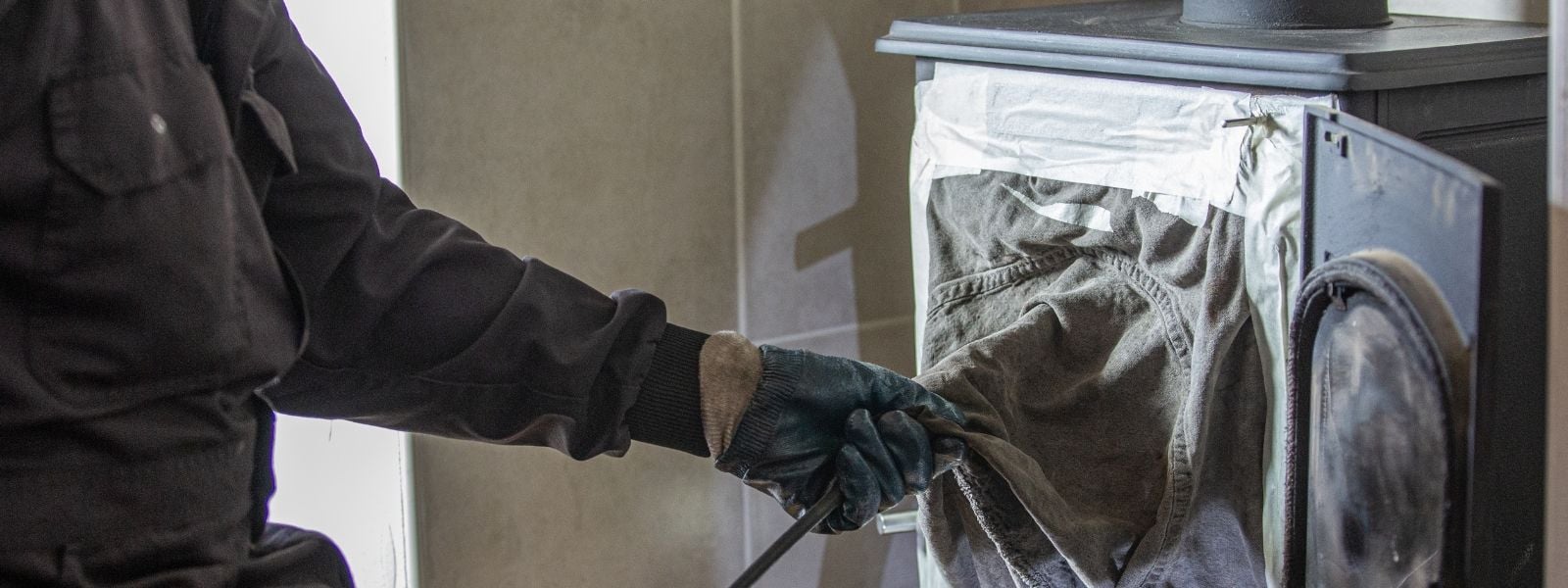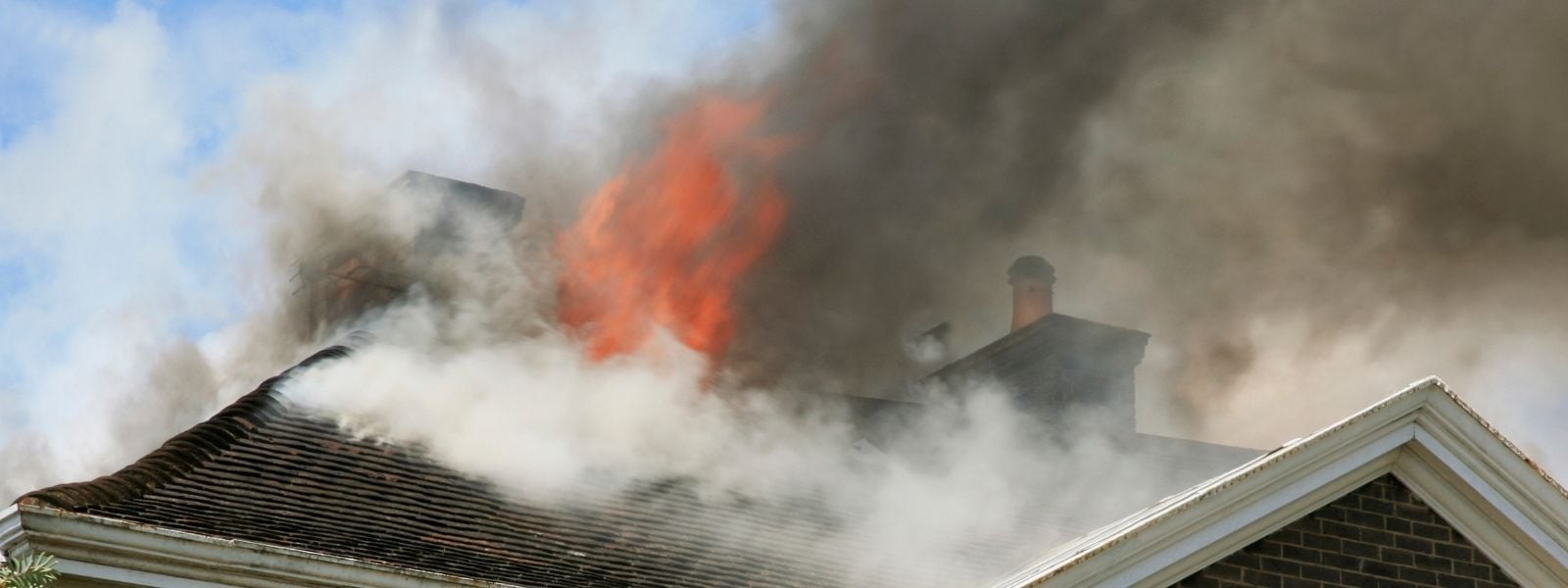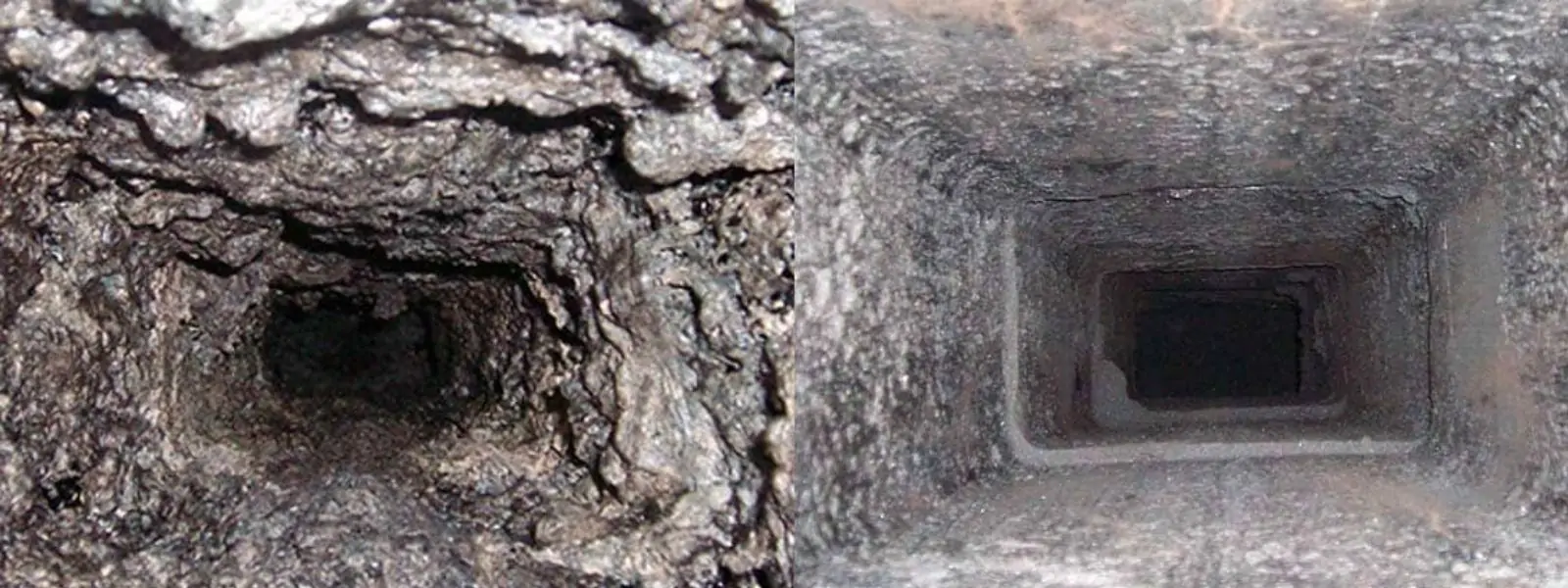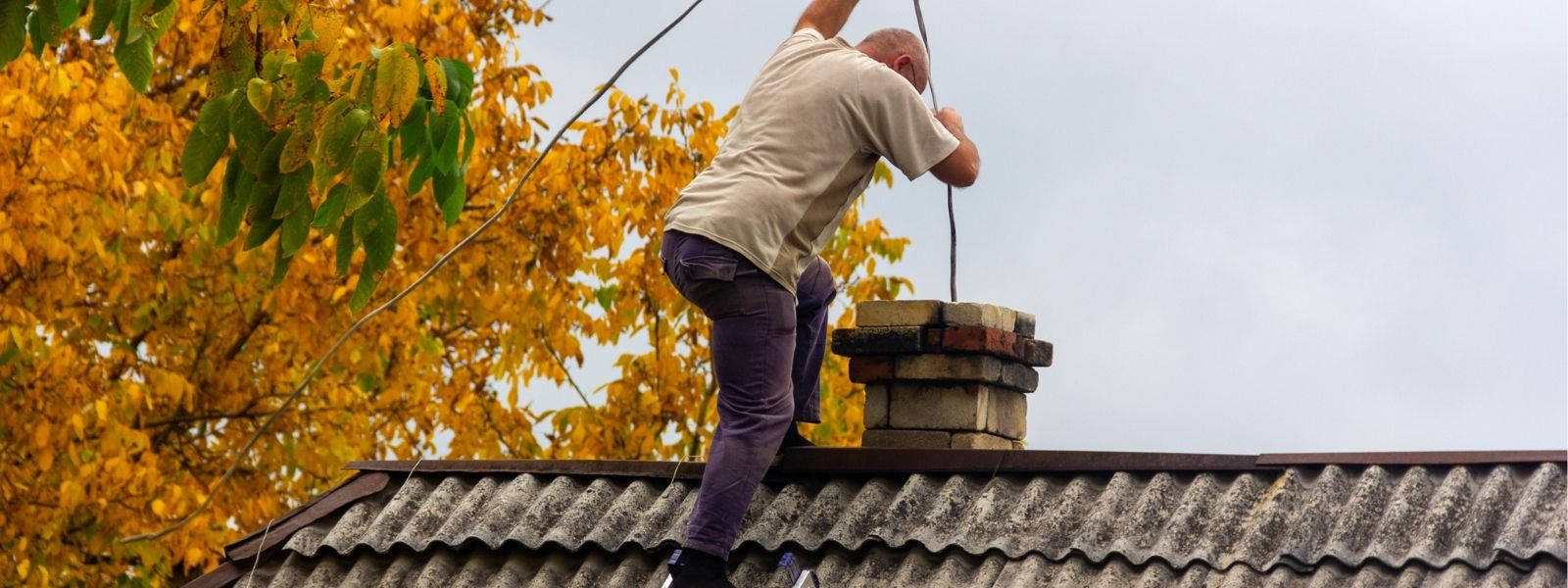Outline
-
- Introduction
- Why Regular Chimney Sweeping is Important
- Signs That Your Chimney Needs Sweeping
- The Dangers of Neglecting Chimney Maintenance
- How Often Should You Sweep Your Chimney?
- DIY Chimney Sweeping vs. Hiring a Professional
- The Chimney Sweeping Process Explained
- Chimney Sweeping Tools and Equipment
- Common Chimney Sweeping Mistakes to Avoid
- Conclusion
Introduction
Are you aware of the potential hazards of neglecting to regularly sweep your lined chimney? Many homeowners underestimate the importance of this routine maintenance task, but it is vital for both safety and efficiency. In this comprehensive guide, we will explore the reasons why sweeping your chimney should be a top priority.
Regular sweeping prevents the buildup of creosote, a highly flammable substance that can ignite and cause a dangerous chimney fire. By removing this residue, you significantly reduce the risk of a potentially devastating incident. Additionally, a clean chimney allows for proper ventilation and prevents the release of harmful gases like carbon monoxide into your home.
Not only does regular sweeping enhance safety, but it also improves the efficiency of your chimney. A clean chimney allows for better airflow, which means your fireplace can generate more heat and consume less fuel. This can lead to cost savings and a more comfortable living environment.
Don’t overlook the importance of regularly sweeping your lined chimney. Stay safe, save money, and maximize the performance of your fireplace by making this essential maintenance task a priority.
Why Regular Chimney Sweeping is Important
Regular chimney sweeping is crucial for maintaining the safety and efficiency of your fireplace. Over time, soot and creosote, a black, tar-like substance, accumulate on the interior walls of your chimney. This buildup restricts airflow and poses a significant fire hazard. By scheduling regular chimney sweeps, you can prevent the accumulation of creosote and reduce the risk of chimney fires.
Additionally, regular sweeping ensures that your chimney is clear of any debris, such as bird nests or leaves, that may have fallen in. These obstructions can block airflow, leading to poor ventilation and the release of harmful gases into your home. Sweeping your chimney regularly ensures that it functions properly and expels combustion byproducts safely.
Furthermore, regular chimney sweeping allows you to identify and address any potential issues early on. A professional chimney sweep can inspect your chimney for any signs of damage, such as cracks or deteriorating mortar. Identifying these issues early can prevent costly repairs down the line and ensure the longevity of your chimney.
Signs That Your Chimney Needs Sweeping
Determining when your chimney needs sweeping is essential to maintaining its safety and efficiency. While it is recommended to schedule regular sweeps annually, certain signs indicate that you may need to sweep your chimney sooner.
One common sign is the presence of a strong, unpleasant odor coming from your fireplace. This odor is often caused by a buildup of creosote, which requires immediate attention. Another sign to look out for is excessive smoke when using your fireplace. If you notice an increase in smoke or it enters your living space, it could be an indication that your chimney is partially blocked and needs cleaning.
Additionally, if you notice black soot or a sticky residue on the walls of your fireplace or hearth, it is a clear sign that your chimney needs sweeping. These deposits are typically caused by the buildup of creosote and can pose a significant fire hazard if left unaddressed.
The Dangers of Neglecting Chimney Maintenance
Neglecting chimney maintenance can have serious consequences for both your home and your health. One of the most significant dangers of neglecting chimney sweeping is the risk of chimney fires. Creosote buildup is highly flammable and can easily ignite, resulting in a dangerous and potentially devastating fire. These fires can cause extensive damage to your home and put the lives of your family at risk.
Furthermore, a neglected chimney can lead to poor indoor air quality. When your chimney is not properly maintained, it can release harmful gases like carbon monoxide into your home. Carbon monoxide is a colorless and odorless gas that is toxic when inhaled. Prolonged exposure to carbon monoxide can lead to serious health issues or even death. Regular chimney sweeping and maintenance ensure that your chimney functions properly, preventing the release of harmful gases into your living space.
Neglecting chimney maintenance can also result in structural damage to your chimney. When moisture enters your chimney through cracks or gaps, it can cause the masonry to deteriorate over time. This can lead to costly repairs or even the need for chimney reconstruction.
How Often Should You Sweep Your Chimney?
The frequency at which you should sweep your chimney depends on several factors, including the type of fuel you use, the amount of use your fireplace gets, and the condition of your chimney. Generally, it is recommended to schedule a chimney sweep at least once a year.
If you use your fireplace regularly or burn a lot of wood, you may need to sweep your chimney more frequently. Burning wood produces more creosote buildup compared to other fuels, such as gas or pellets. In such cases, it is advisable to schedule a chimney sweep every six months to ensure the safety and efficiency of your fireplace.
Additionally, if you notice any signs of chimney issues, such as excessive smoke or a strong odor, it is crucial to have your chimney inspected and swept immediately, regardless of the last time it was cleaned.
DIY Chimney Sweeping vs. Hiring a Professional
When it comes to chimney sweeping, you may be tempted to take a do-it-yourself approach to save money. While it is possible to perform some basic maintenance tasks on your own, such as cleaning the fireplace and removing debris, chimney sweeping is best left to the professionals.
Professional chimney sweeps have the knowledge, experience, and specialized tools to thoroughly clean your chimney and ensure its safety. They can identify and address any potential issues, such as cracks or structural damage, that may require professional repairs. Moreover, hiring a professional chimney sweep gives you peace of mind, knowing that the job is done correctly and that your fireplace is safe to use.
Attempting to sweep your chimney yourself can be dangerous if you don’t have the appropriate training or equipment. Climbing on your roof and working with soot and creosote can pose risks to your safety and health. It is always best to leave chimney sweeping to the professionals who are equipped to handle the task safely and efficiently.
The Chimney Sweeping Process Explained
The chimney sweeping process involves several steps to ensure a thorough clean and inspection. A professional chimney sweep will follow these steps to ensure the safety and efficiency of your chimney.
1. Preparation: Before starting the chimney sweep, the sweep will take precautions to protect your home from any soot or debris that may fall during the cleaning process. They will lay down drop cloths and use specialized vacuum equipment to contain any mess.
2. Inspection: The sweep will conduct a visual inspection of the chimney, looking for any signs of damage or buildup. This inspection helps identify potential issues that may require further attention.
3. Cleaning: Using specialized brushes and rods, the sweep will clean the chimney from the bottom up. The brushes loosen the soot and creosote from the walls of the chimney, while the rods extend the reach of the brush to ensure a thorough clean. The sweep will also clean the fireplace, damper, and smoke chamber.
4. Removal of Debris: Once the chimney has been swept, the sweep will remove any debris or soot that has fallen into the fireplace or hearth. This step ensures that no residue is left behind.
5. Final Inspection: After the cleaning process is complete, the sweep will conduct a final inspection to ensure that the chimney is in good condition and ready for use. They will check for any cracks, loose bricks, or other signs of damage.
Chimney Sweeping Tools and Equipment
Professional chimney sweeps use a variety of specialized tools and equipment to ensure a thorough and efficient clean. These tools help remove soot and creosote buildup, inspect the chimney for damage, and ensure the safety of your fireplace. Here are some of the common tools used by chimney sweeps:
1. Chimney Brushes: These brushes come in various sizes and shapes and are designed to fit the dimensions of your chimney. They have stiff bristles that effectively remove soot and creosote from the walls of the chimney.
2. Chimney Rods: Chimney rods are used to extend the reach of the chimney brush, allowing the sweep to clean the entire length of the chimney. These rods are flexible and can navigate the twists and turns of the chimney flue.
3. Vacuum Equipment: Specialized vacuum equipment is used to contain any soot or debris that may fall during the cleaning process. This equipment ensures that your home remains clean and free from any mess.
4. Camera and Inspection Tools: Chimney sweeps use cameras and inspection tools to examine the interior of the chimney for any signs of damage or buildup. These tools help identify potential issues that may require further attention.
Common Chimney Sweeping Mistakes to Avoid
While chimney sweeping is a necessary maintenance task, there are some common mistakes that homeowners should avoid to ensure the safety and efficiency of their chimney.
1. Skipping Regular Sweeping: Neglecting to schedule regular chimney sweeps can lead to a dangerous buildup of creosote and increase the risk of chimney fires. Make sure to follow the recommended cleaning schedule and address any signs of chimney issues promptly.
2. DIY Sweeping Without Proper Training: Attempting to sweep your chimney without the appropriate training or equipment can be dangerous. Climbing on the roof and working with soot and creosote pose risks to your safety and health. Leave chimney sweeping to the professionals who are equipped to handle the task safely and efficiently.
3. Incomplete Cleaning: It is essential to ensure that the entire length of the chimney is thoroughly cleaned during the sweeping process. Incomplete cleaning can leave behind residue, increasing the risk of chimney fires and compromising the efficiency of your fireplace.
4. Ignoring Signs of Chimney Issues: If you notice any signs of chimney issues, such as excessive smoke, strong odors, or black soot, do not ignore them. These signs indicate that your chimney requires immediate attention and cleaning.
5. Neglecting Professional Inspections: Regular professional inspections are crucial for identifying any potential issues that may require repairs. Ignoring these inspections can result in costly repairs down the line and compromise the safety of your chimney.
Conclusion: Maintaining a Safe and Efficient Chimney
Regularly sweeping your lined chimney is a vital maintenance task that should not be overlooked. By scheduling regular chimney sweeps, you can prevent the buildup of creosote, reduce the risk of chimney fires, and ensure the safety and efficiency of your fireplace.
Remember to pay attention to the signs that your chimney needs sweeping, such as strong odors, excessive smoke, or black soot. Schedule professional chimney sweeps at least once a year, or more frequently if you use your fireplace regularly or burn a lot of wood.
While it may be tempting to attempt chimney sweeping yourself, it is best to leave this task to the professionals. They have the knowledge, experience, and specialized equipment to clean your chimney thoroughly and identify any potential issues that may require repairs.
By making chimney sweeping a priority, you can enjoy a safe and efficient fireplace, save money on fuel consumption, and maintain a comfortable living environment. Don’t neglect this essential maintenance task and prioritize the safety of your home and family.




